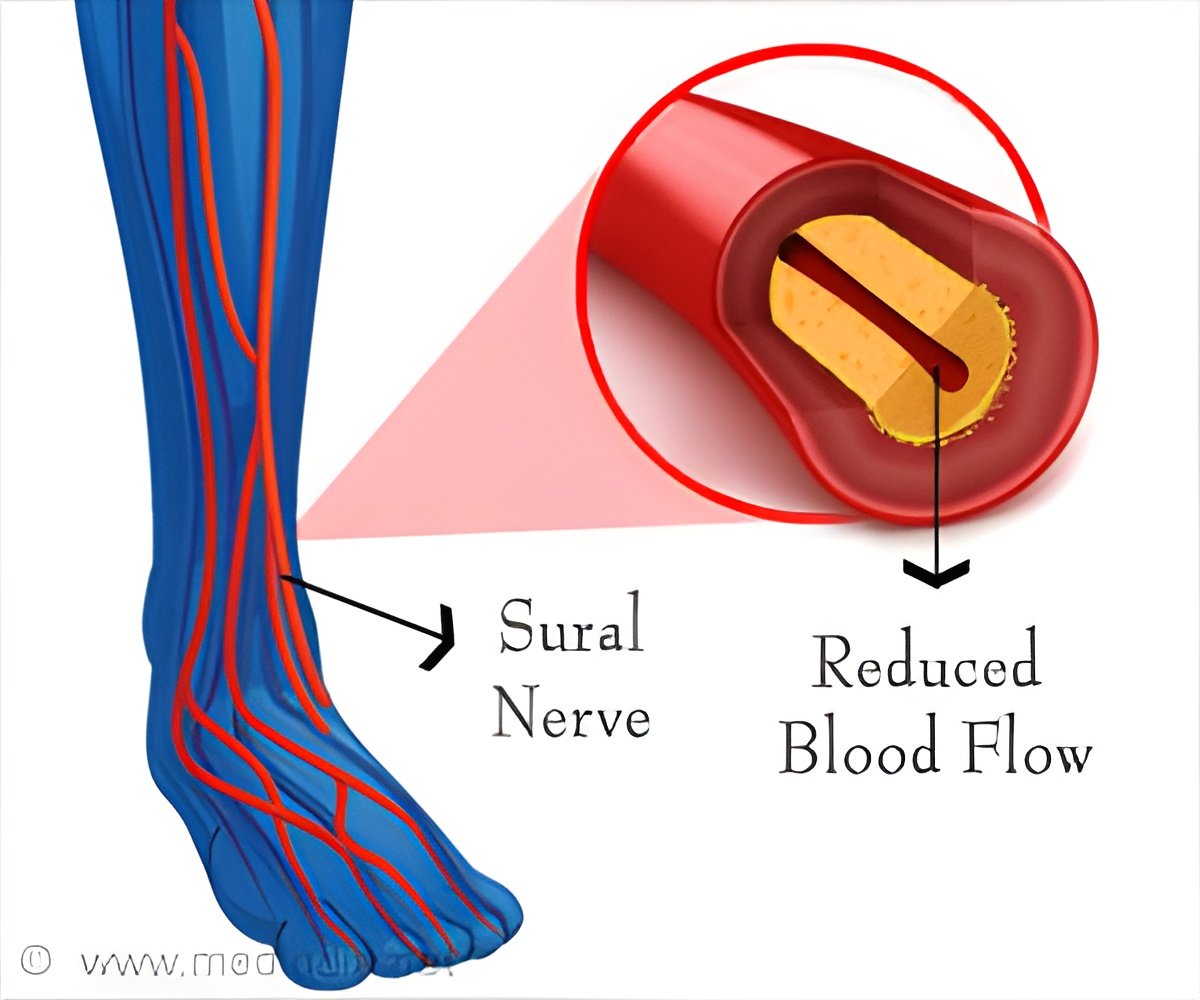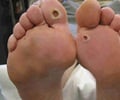
‘The impairment of sensory nerve regeneration in diabetic corneas is due to decreased ciliary neurotrophic factor.’
Tweet it Now
Understanding of the development of DPN is mostly obscure, partly due to the lack of good animal models available. Because of this, immune-neuron interactions have been a major focus of researchers in the past few years. According to Fu-shin Yu, Ph.D., professor of ophthalmology and director of research at the Kresge Eye Institute of Wayne State University, the cornea is the most densely innervated mammalian tissue and is an excellent model to study the underlying mechanisms for DPN. "Using Streptozotocin-induced type I diabetes and cornea epithelial wounding experimental models, we made novel observations that may soon lead to innovative therapies to treat DPN and ulcerations of the cornea and skin in diabetic patients," said Yu.
Yu and his research team discovered that in the diabetic mouse cornea, the density of sensory nerve fibers and their endings are drastically reduced, similar to patients with DPN. Moreover, the regenerative capacity of corneal nerves following wounding is impaired in the corneas of diabetic patients compared to normal B6 mouse corneas.
This phenomenon coincided with a reduction in the number of infiltrating dendritic cells in the wounded corneas of diabetic mice, leading to the conclusion that sensory neuropathy is related to this decline in the dendritic cell population in the diabetic cornea. Furthermore, dendritic cells were found to guide the regenerating corneal sensory nerve fibers after wounding; this association is disrupted in the diabetic corneas.
Yu said the impairment of sensory nerve regeneration in diabetic corneas is due to decreased ciliary neurotrophic factor, as evidenced by the fact that dendritic cells express ciliary neurotrophic factor (CNTF) in normal and healing corneas but decrease in diabetic corneas due to the reduced infiltration of dendritic cells.
Advertisement
However, the process appears to be reversible. Yu further mentioned that the study showed that the application of exogenous CNTF - and, more strikingly, its soluble receptor CNTFR-alpha - can partially reverse the adverse effects of diabetes on sensory nerve and nerve regeneration. He concluded that CNTFRα may be a valuable alternative to CNTF in treating neuron degenerative diseases such as DPN, as it can increase the utilization of naturally produced CNTF without undesired side effects associated with exogenously added CNTF.
Advertisement
Source-Newswise















